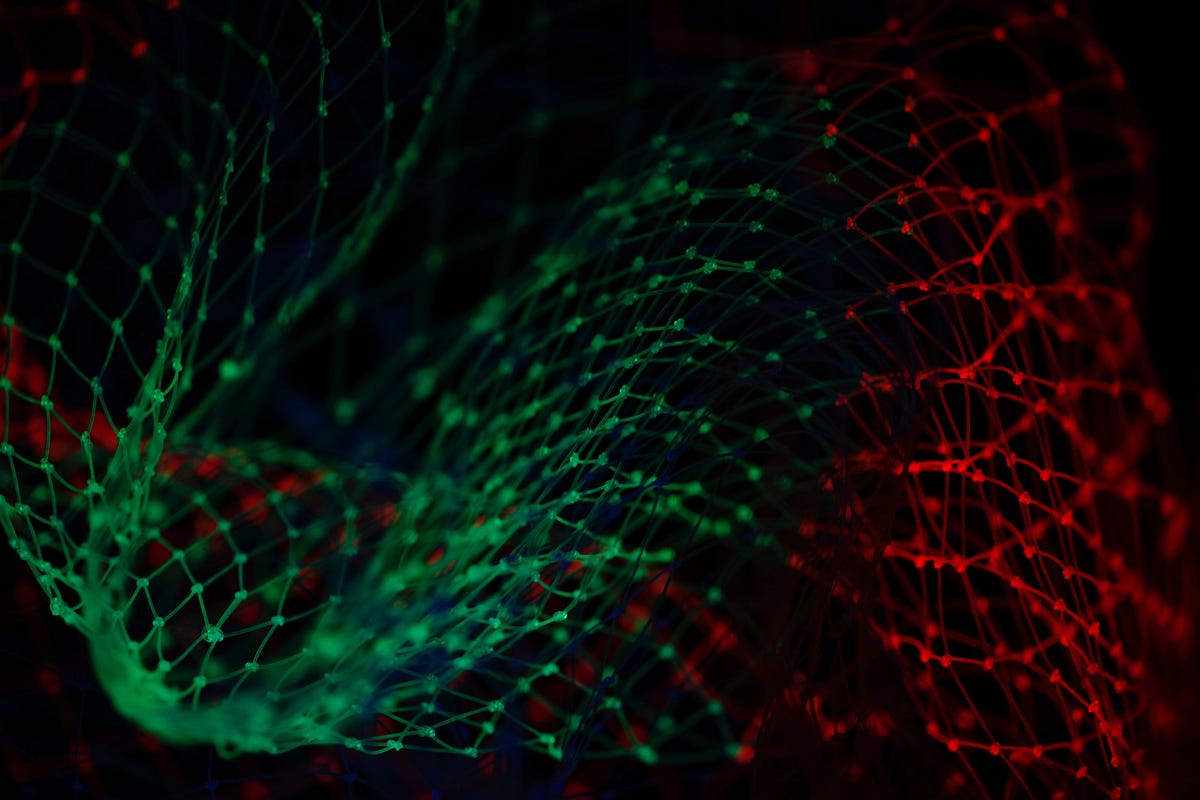An Overview of GANs
Although many are familiar with the incredible results produced by deepfakes, most people find it hard to understand how the deepfakes actually work. Hopefully, this article will demystify some of the math that goes into creating a deepfake.
_Deepfake _generally refers to videos in which the face and/or voice of a person, usually a public figure, has been manipulated using artificial intelligence software in a way that makes the altered video look authentic.
_— _Dictionary.com
It turns that deepfake is a sort of umbrella term, with no definitive way to create. However, most deepfakes are created with a deep learning framework known as generative adversarial nets, or GANs, so that will be the main focus of this article.
What is a GAN?
**Generative adversarial nets **— or GANs for short —are a deep learning model that was first proposed in a 2014 paper by Ian Goodfellow and his colleagues. The model operates by simultaneously training two neural networks in an adversarial game.
Abstractly, we would have generative model G, that is trying to learn a distribution _p_g _which replicates p_data, the distribution of the data set, while a discriminative model _D tries to determine whether or not a piece of data came from the data set or the generator. _Although seeing this for the first time may be intimidating, that math becomes relatively straightforward when looking at an example.
Classically, GANs are explained are explained using the analogy of producing counterfeit money. To set up the situation, there is an organization of counterfeiters who try to produce counterfeit money, while the police are trying to detect whether or not money is counterfeited. Here, our counterfeiters can be treated as the generative model G that produces fake money with the distribution p_g. A distribution is essentially a “map” of characteristics that describes the features of money. Basically, the counterfeiters are producing money with some set of characteristics described by the distribution p_g. Furthermore, the role of the police is the discriminate between real and counterfeited money, so they play the part of the discriminative model D. In practice, these models are often multi-layer perceptrons, but there is no need to specify the type of neural network when only discussing theory.
#mathematics #machine-learning #artificial-intelligence #deep learning
